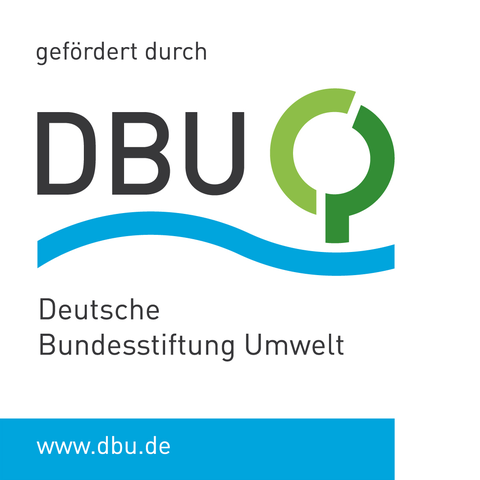FluidMem
Development of a modular two-stage membrane filtration process in combination with reactive substances and processes for the removal of micropollutants from water and wastewater - FluidMem
Funding period: 01.09.2022 - 31.05.2023
Funding number/file reference: 35997/01
Micropollutants such as pharmaceutical residues, pesticides and other chemicals can have negative effects on living organisms as well as ecosystems, so they need to be removed from waters (Zdarta et al., 2019). Conventional treatment processes (mechanical, biological and chemical purification) cannot remove all trace substances, which is why further processes in the form of a so-called fourth purification stage are necessary for these substances. Four process engineering approaches are available for the elimination of trace substances in both wastewater and drinking water treatment: Ozonation, adsorption, membrane separation processes and biological degradation. If a fourth purification stage is installed for wastewater treatment, large-volume adsorption filters or ozonation plants are currently used and operated. However, it will be cheaper and more effective to create decentralised treatment systems that include the fourth treatment stage.
The use of enzymes is already being investigated for the biological degradation of contaminants in wastewater (Vitola et al., 2021; Abejón et al., 2015). The enzyme spectrum of fungi, which occupy almost every ecological niche, is unique for the biochemical catalysis of a wide variety of compounds. Fungi on agricultural residues can now be used to produce the enzymes at low cost. Membrane bioreactors use membranes in the microfiltration and ultrafiltration range of about 0.1-0.01 µm, retaining activated sludge, but also bacteria and viruses that can degrade various trace compounds (Do Minh et al. 2020), (Bouju, Buttiglieri, and Malpei 2008).
In this project, an attempt is being made to create a membrane system in combination with enzymes in which it is possible to achieve constant renewal of the enzymes as well as the discharge of the reaction products. The main focus is on proving the basic feasibility of the development approach, on possible design variants of the reaction space and on the selection of possible membrane materials.

